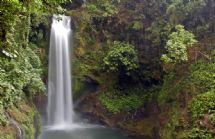A hike in Corcovado National Park is perfect for adventurous animal lovers
Hiker sitting on rock in river at Corcovado National Park
Hiking is one of the best ways to explore a new country, particularly one as undeveloped and natural as Costa Rica. Trekking through a tropical jungle or crossing a volcanic field can be a great way to see the sites, get some exercise and explore the less-seen regions of the Central American nation. For many travelers planning to hike through Costa Rica, the country's rich biodiversity and varied wildlife is just as great a draw as its beauteous lakes and stoic mountaintops. Those hikers who would like to enjoy natural scenery and take in some of the country's legendary wildlife might want to start their trek in Corcovado National Park.
Located on the Osa Peninsula in South Western portion of the country, Corcovado National Park is the largest of the 27 national parks that comprise the Costa Rican National Park system, stretching for over 263 square-miles (425 square-kilometers). Corcovado boasts the largest primary forest on the American Pacific Coastline. The lush and thick tropical rainforests found throughout the park, one of the few remaining lowland rainforests in the world, is home to innumerable variations of plants and animal, prompting one writer from National Geographic to call the park "the most biologically intense place on Earth."
In addition to the largest expanse of contiguous tropical rainforest north of the Amazon, Corcovado National Park boasts a number of terrains and ecosystems that hikers will love to explore. These areas can range from beaches and coral reefs to mangroves and freshwater swamps. Despite the numerous shifts in terrain, hikers moving through Corcovado National Park will be met with a largely intermediate challenge, as the well trodden paths that run throughout the park are well maintained and accommodating.
As one may expect from the nation's largest national park, Corcovado National Park is home to one of the greatest biodiversities in the hemisphere. The park serves as home to a large number of endemic and endangered species, earning it the distinction as Costa Rica's most biologically important protected lowland area, according to the Ministry of the Environment.
Spot Rare Animals
Rare animals like the Baird's tapir, giant anteater and the harpy eagle are known to reside within Corcovado National Park, as are sea creatures like the spectacled caiman and bull shark, mammals like the jaguarondi and puma, and numerous variety of monkey like the white-faced capuchin monkey and the mantled howler monkey. The park is also home to the country's second-largest population of scarlet macaws, as well as many other beautiful birds.
With such a diverse array of animal life, it may come as no surprise to learn that the vegetations found within the forests of Corcovado are equally varied. It is estimated that the park boasts more than 500 unique species of tree, meaning that conservationists and nature lovers can have a field day sifting through the various purple heart, poponjoche, nargusta, banak, espave, crabwood and cow tree variations to be found.
Though the park has become a popular tourist destination welcoming thousands of local and international travelers each year, several agencies have stepped up to help protect the local plant and wildlife from illegal logging, poaching and the overall encroachment of the industrialized world. As such, tourists heading to Corvcovado National Park should be prepared to leave with all of their trash and belongings in tow to help keep the facility clean and pristine. Hikers should note, however, that strict conservation laws will restrict the number of people that can enter the park at any given time. Travelers will want to apply for a camping license well in advance to book their ticket to the unforgettable park.
7 Days / 6 Nights
Starting at $978 per person
10 Days / 9 Nights
Starting at $1,440 per person





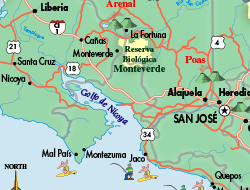
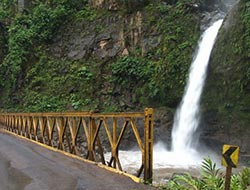
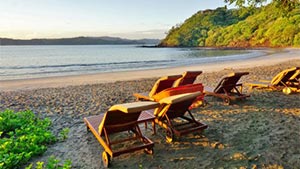
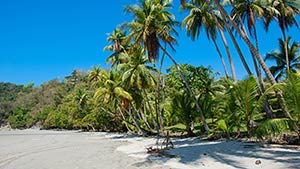
.jpg)

